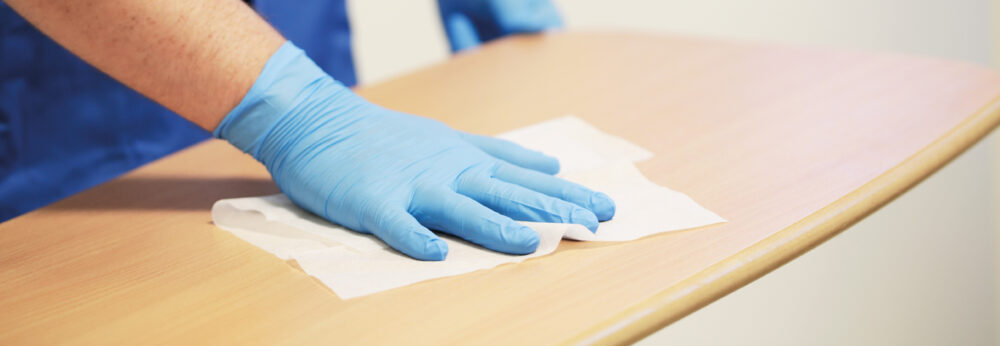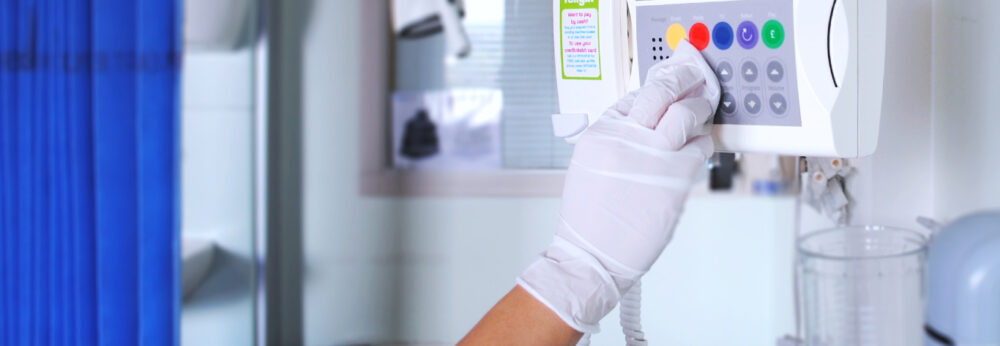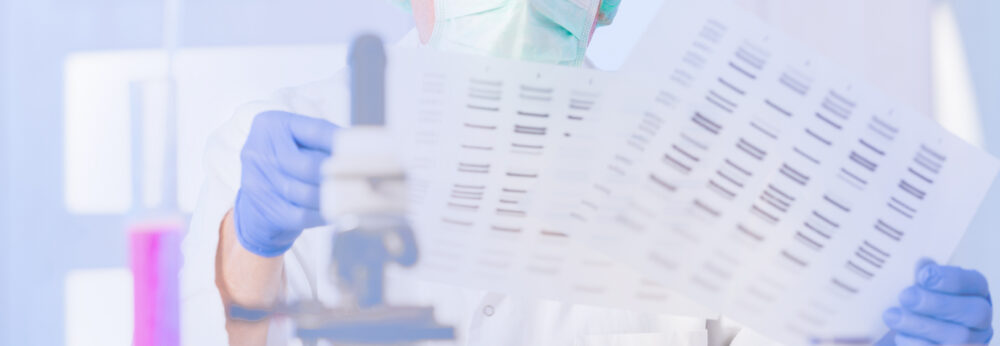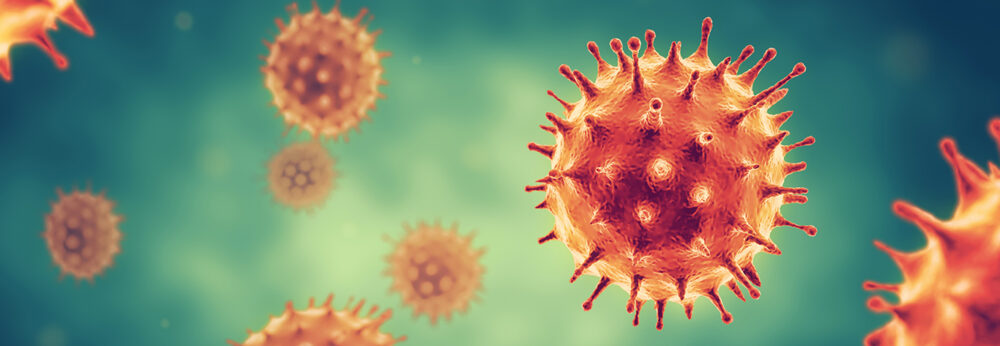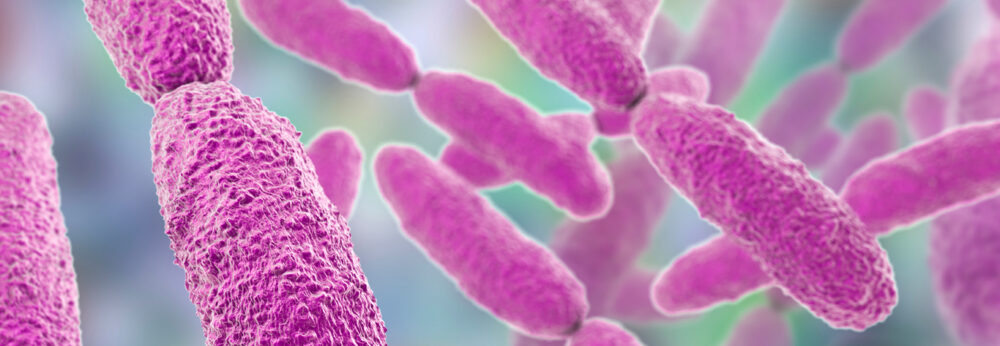Posts Tagged ‘coronavirus’
Let’s not forget MRSA and the risk from contaminated surfaces
There’s been understandably a huge amount of discussion about the possible role of contaminated surfaces in the transmission of the SARS-CoV-2 virus that causes COVID-19. But let’s not forget the important and established role that contaminated surfaces play in the transmission of other important pathogens. There’s strong evidence that MRSA transmission dynamics can include contaminated…
Read MoreEnvironmental contamination risk from asymptomatic SARS-CoV-2 infection
There is emerging evidence that contaminated surfaces play a role in the transmission of the SARS-CoV-2 virus that causes COVID-19. This is in line with the diverse transmission routes of other respiratory viruses such as SARS-CoV-1 and influenza. One of the key features of SARS-CoV-2 is the documented spread from people with asymptomatic and pre-symptomatic infection. A new study has identified…
Read MoreModelling the spread of SARS-CoV-2 from surfaces in clinical settings using a DNA marker
The principle transmission route for the SARS-CoV-2 virus that causes COVID-19 is through respiratory droplets. Indirect transmission of these droplets to a susceptible person through contaminated surfaces may play an important – and underplayed – role in the transmission of SARS-CoV-2. A study from scientists at UCL and Great Ormond Street Hospital (GOSH) uses a DNA marker…
Read MoreAssessing the risk of hospital transmission of COVID-19
As hospitals move past the peak of the COVID-19 pandemic, the risk of hospital-transmission looms large. Elective services will reopen and patients who have not been exposed to COVID-19 as a result of the broadly successful lockdown will come into hospitals and risk exposure to patient (and staff) with COVID-19 infections. How big is this…
Read MoreEnvironmental contamination with COVID-19: how big is the risk?
There have been several studies examining the potential risk for contaminated environmental surfaces being involved in the transmission of COVID-19. We know that the SARS-CoV-2 virus, that causes COVID-19, can survive on dry surfaces for days, like its ‘cousins’ the SARS and MERS viruses. We know it can be found in clinical settings during the care…
Read MoreCoronavirus: a lecture by Martin Kiernan
This lecture was given to staff at Southport and Ormskirk Hospital NHS Trust on 26th March 2020 as part of Martin’s role back in the NHS. The below vidoes are directly linked to their YouTube channel. The origins of coronavirus Find out how COVID-19 compares with SARS and MERS, and how the UK compares with…
Read MoreCOVID-19 pandemic picks up pace
The latest news on the COVID-19 pandemic is that it’s picking up pace and very much going global. There have now been more than 450,000 confirmed cases worldwide, and more than 21,000 deaths (with a case fatality rate of 4.5% amongst confirmed cases). In the UK, there have been almost 10,000 confirmed cases and more…
Read MorePersistent shedding of COVID-19 – what does this mean?
Several epidemiological studies have shown that the shedding of the SARS-CoV-2 virus that causes COVID-19 can continue for many days after symptoms resolve. What does this mean? Do people remain infectious after their symptoms resolve? The answer isn’t clear, but it seems that people are most infectious at the start of their symptoms, and much less…
Read MoreMERS in the air and everywhere!
There has been much discussion on the transmission routes of the MERS coronavirus (MERS-CoV). Initial studies suggested that contamination of air and surfaces could be important in the transmission of the MERS-CoV. A recent study in Clinical Infectious Diseases evaluated the extent of air and surface contamination surrounding patients during MERS-CoV outbreaks in 2015 in…
Read More